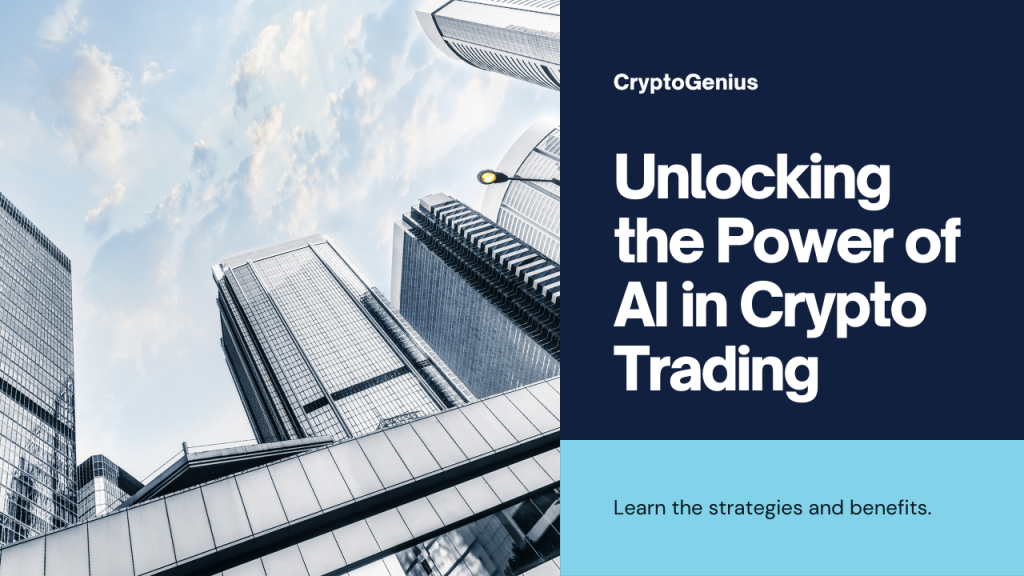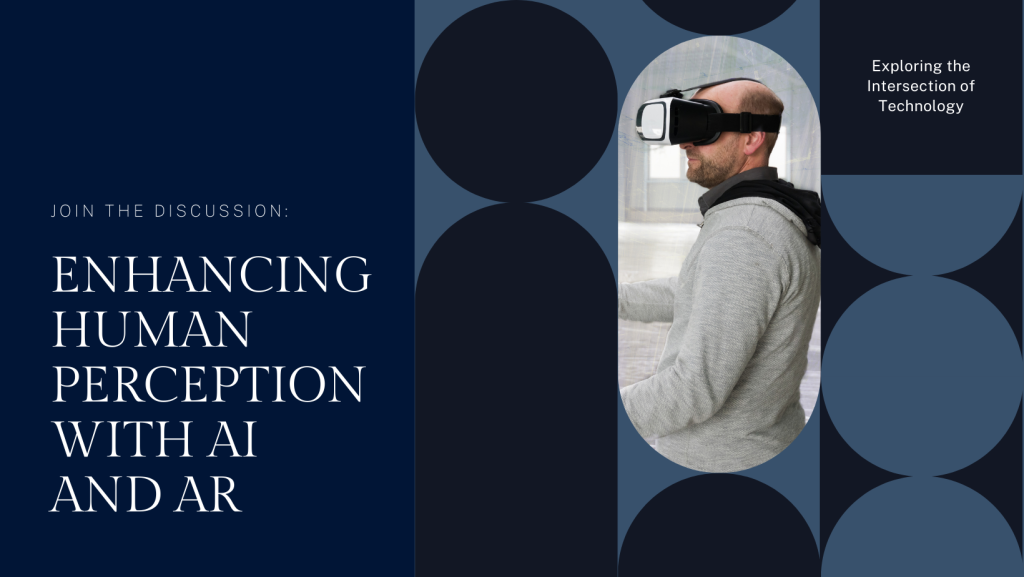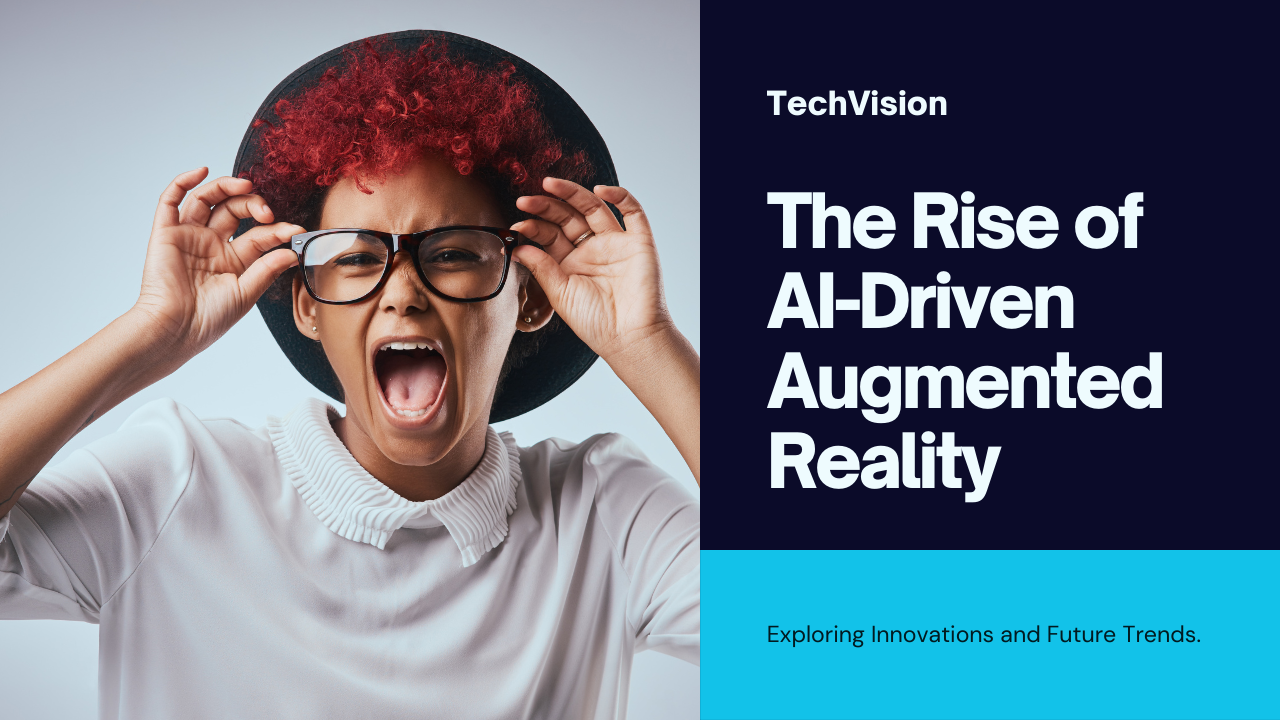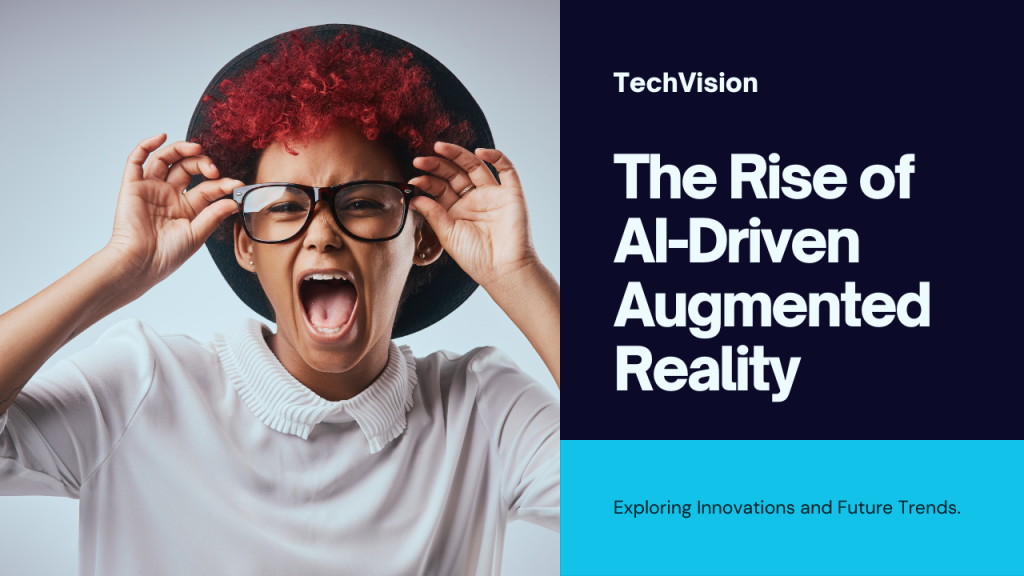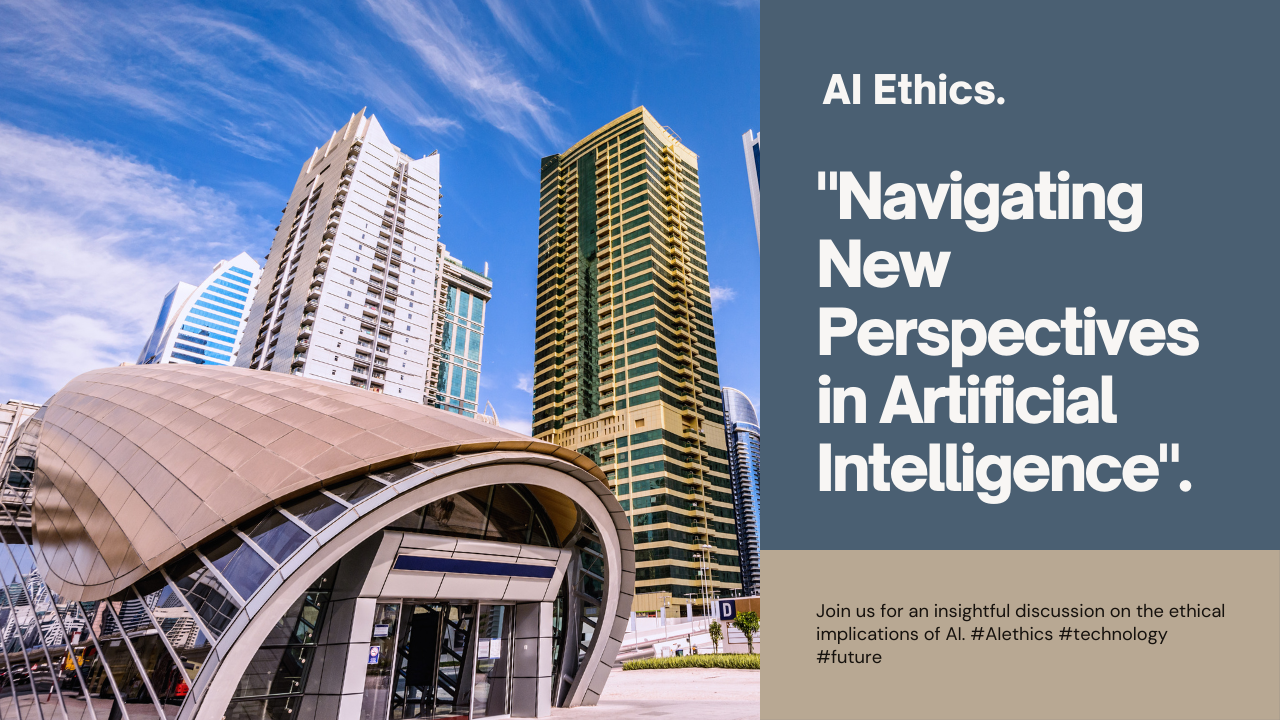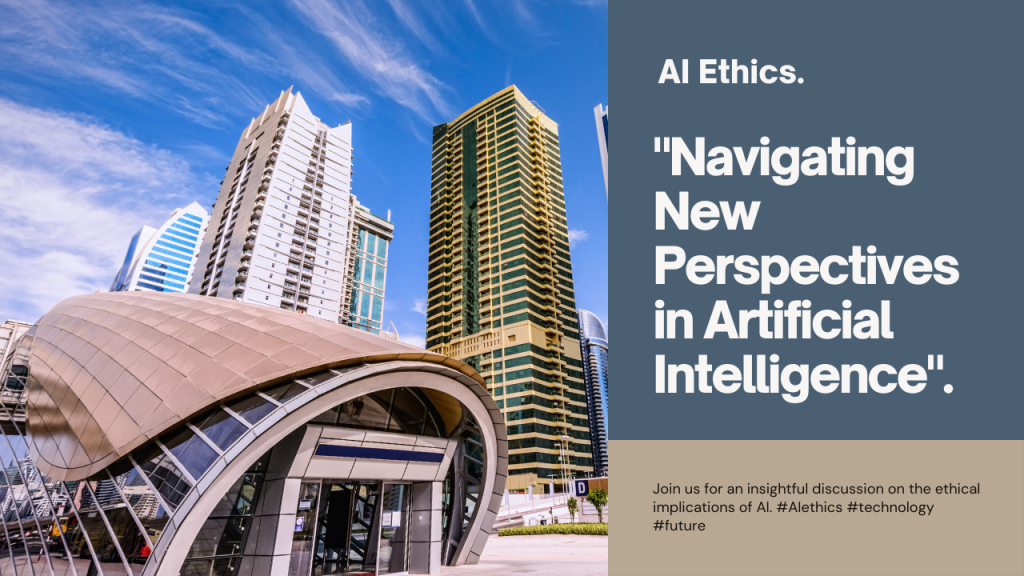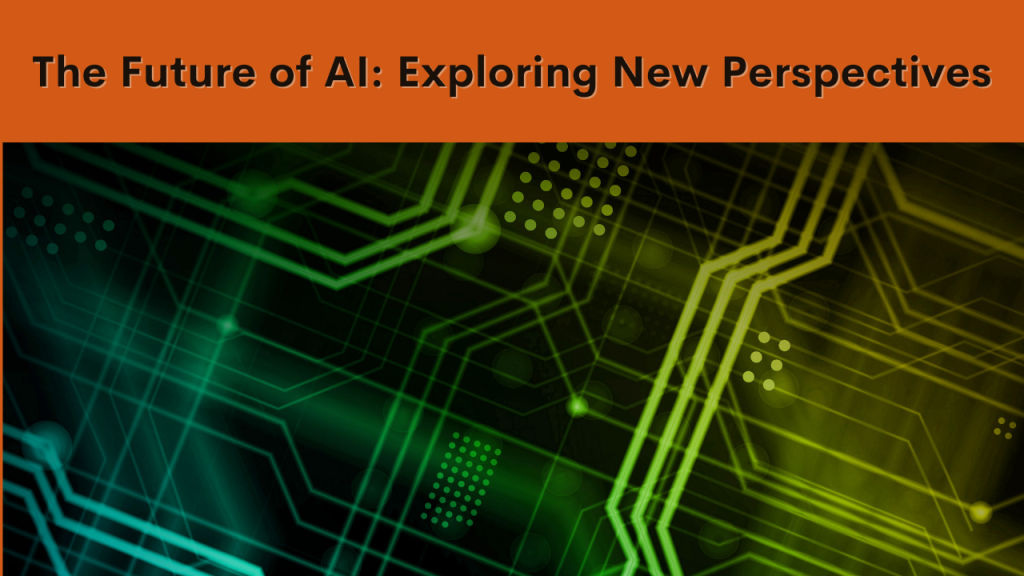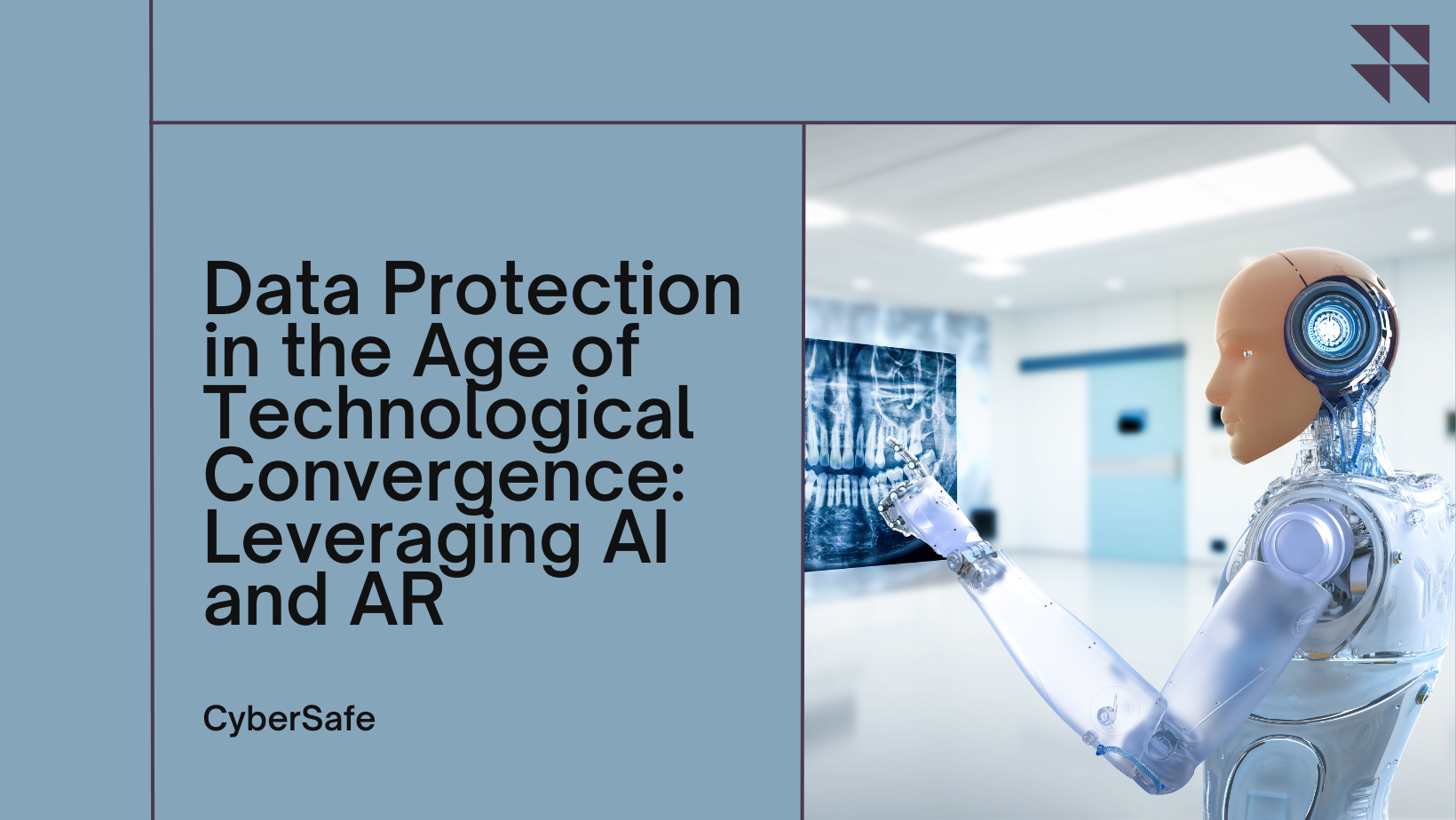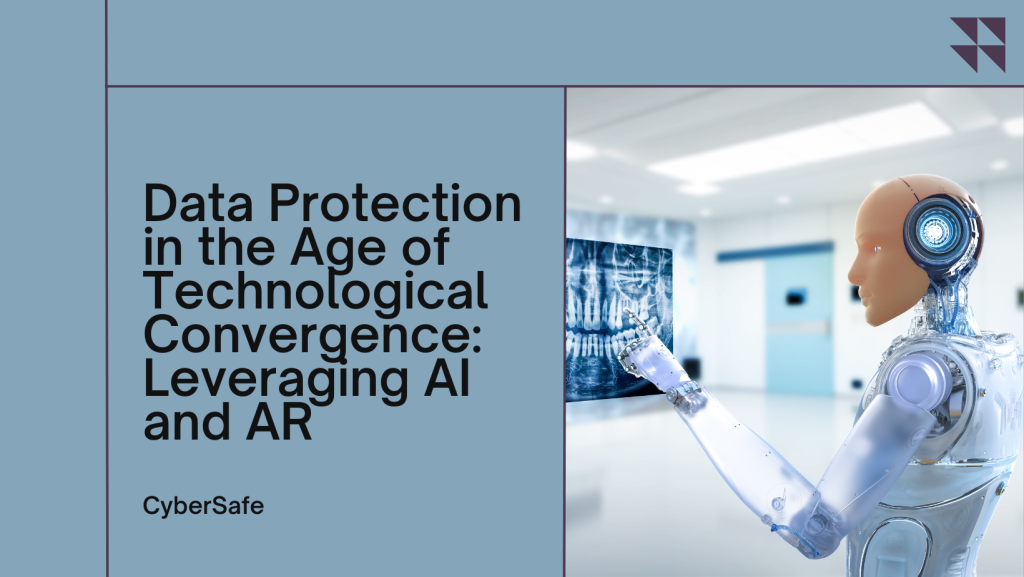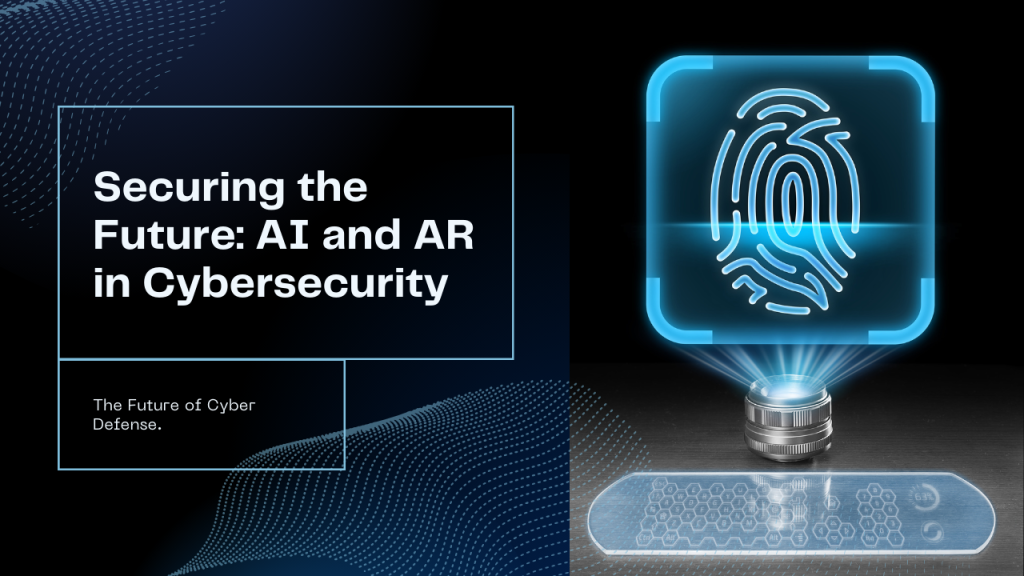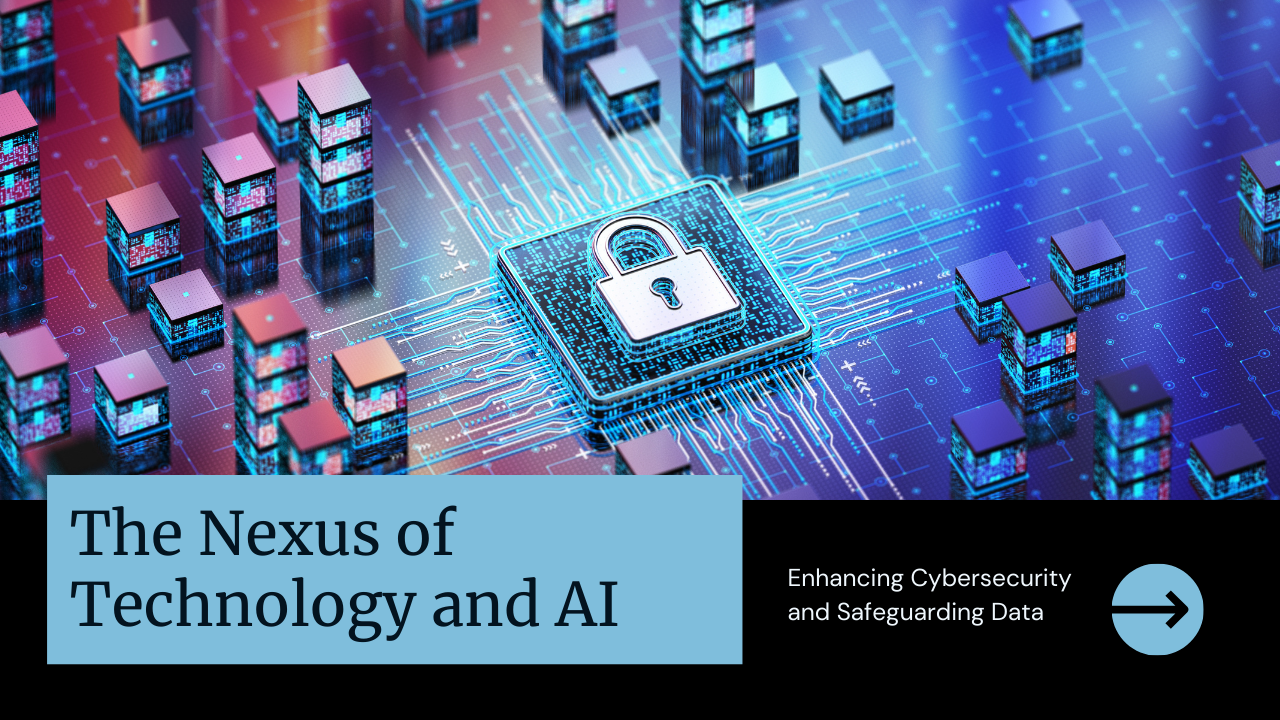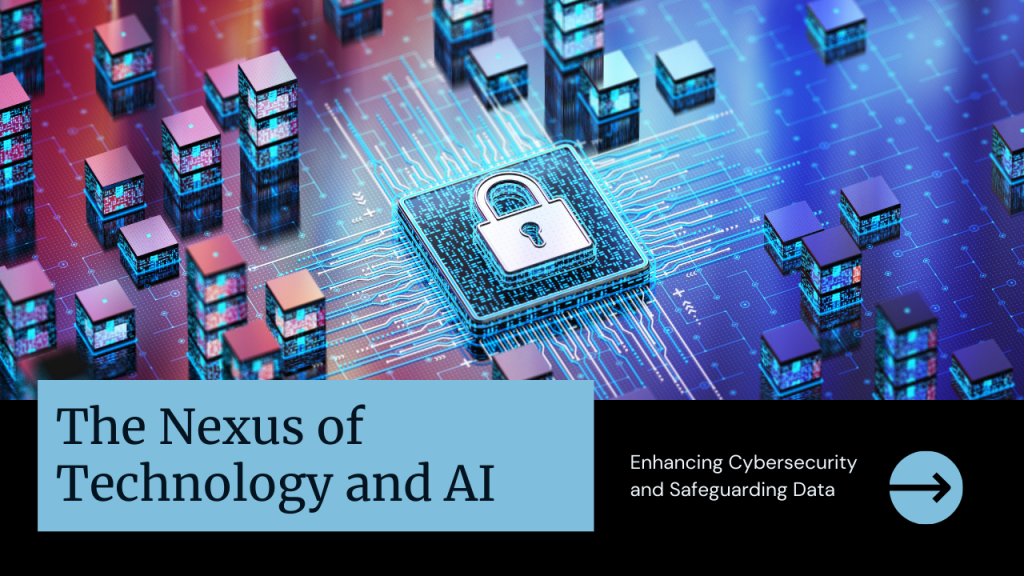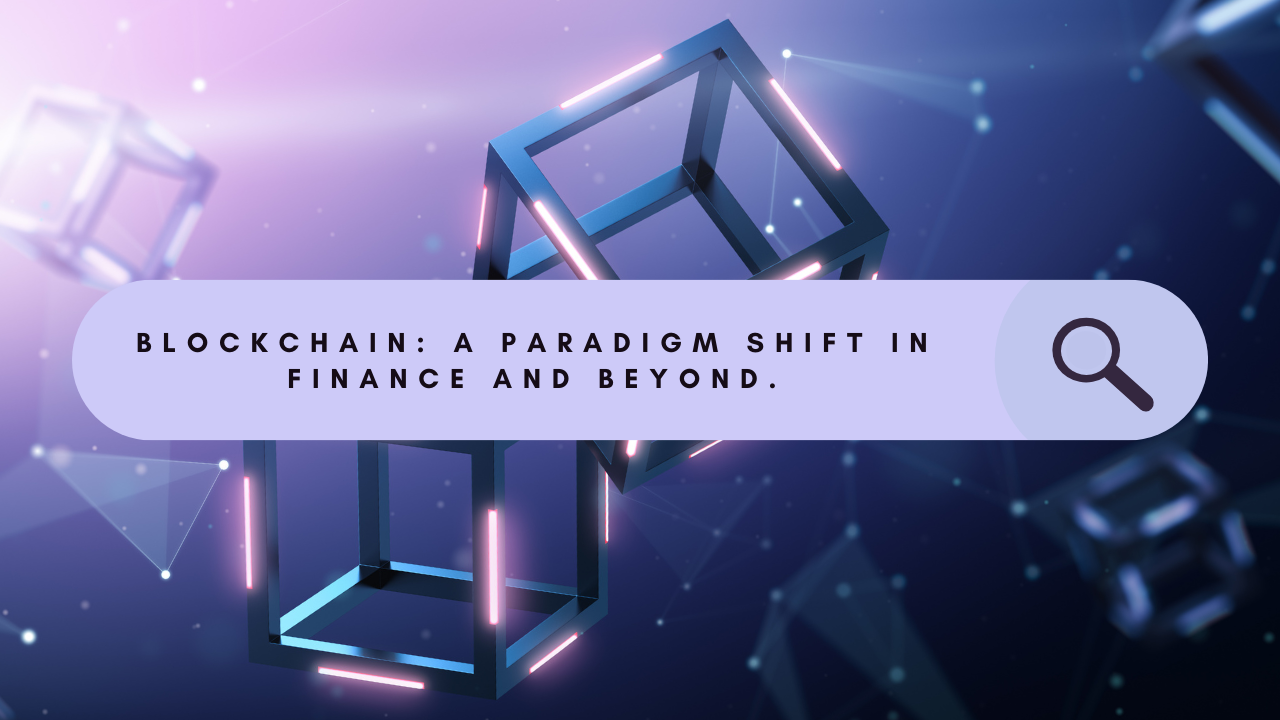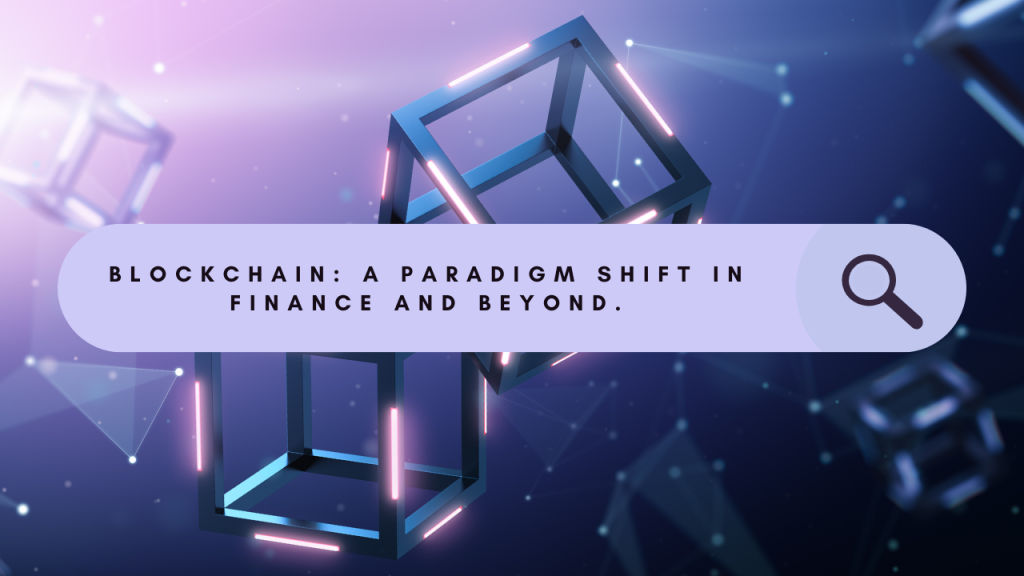The world of cryptocurrency trading is changing quickly thanks to artificial intelligence (AI), which gives traders strong tools to enhance earnings and refine their tactics. Traders can precisely identify profitable opportunities, examine market data in real-time, and automate the execution of transactions by utilizing AI algorithms.
AI’s remarkable speed at which it can handle enormous volumes of data is one of its main advantages in the cryptocurrency trading space. Market trends, news emotion, and social media buzz can all be analyzed by machine learning algorithms to find patterns and correlations that human traders would overlook. AI-powered trading bots can make snap decisions based on probability thanks to this data-driven methodology, which reduces the possibility of human error and emotional bias.
AI is also capable of adapting and learning from previous trading experiences, which allows it to continuously improve its methods in response to shifting market conditions. AI-powered trading systems can stay ahead of the curve because to this dynamic flexibility, which allows them to modify their strategies in reaction to fresh data and market changes.
AI can also offer traders insightful information about market activity, enabling them to make better judgments. Artificial intelligence (AI) algorithms can estimate market movements and spot possible trading opportunities by examining past data and spotting recurrent trends. The capacity to forecast the future provides traders with a competitive advantage in the rapidly evolving realm of bitcoin trading.
All things considered, there are several advantages to incorporating AI into cryptocurrency trading, such as improved profitability, decreased risk, and higher efficiency. We may anticipate even more developments in algorithmic trading as these technologies grow, giving traders the confidence to successfully negotiate the treacherous realm of cryptocurrency.
